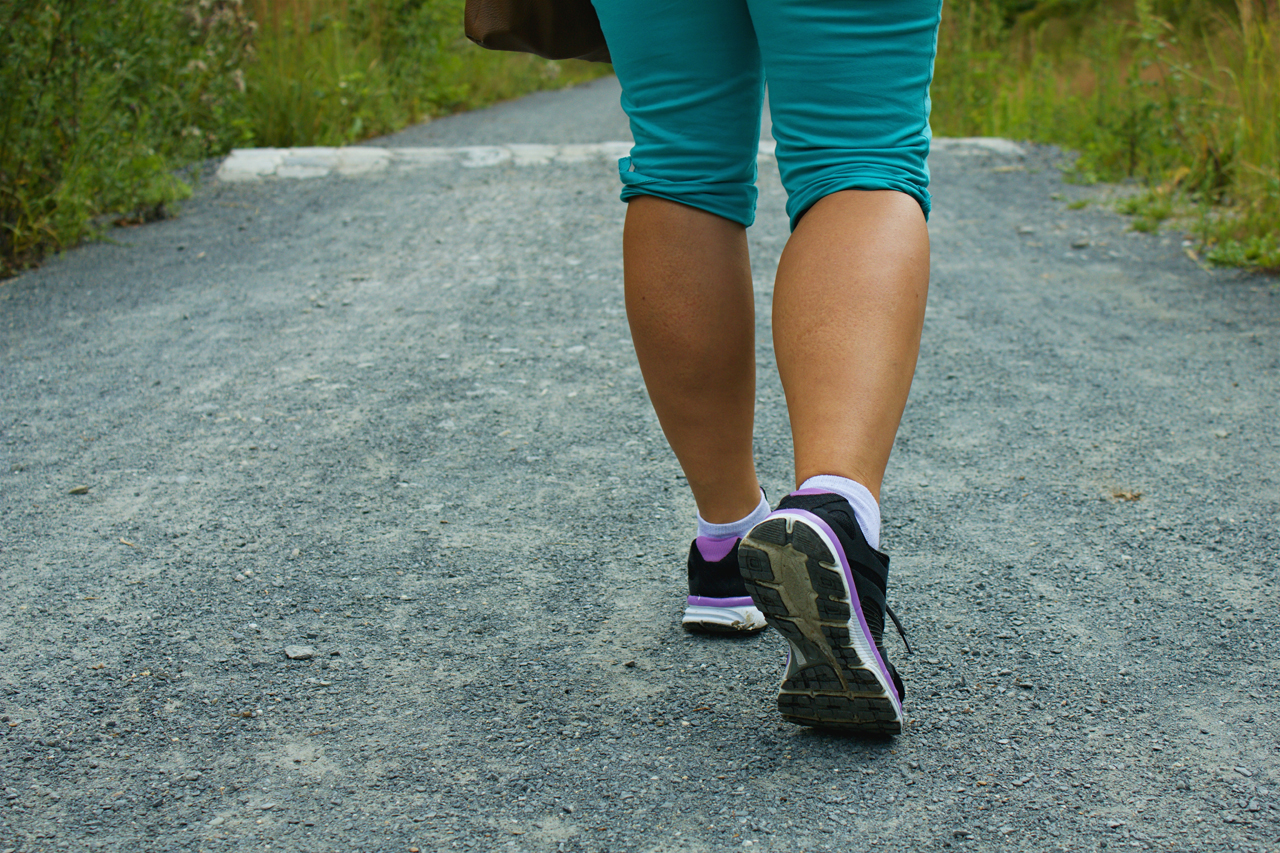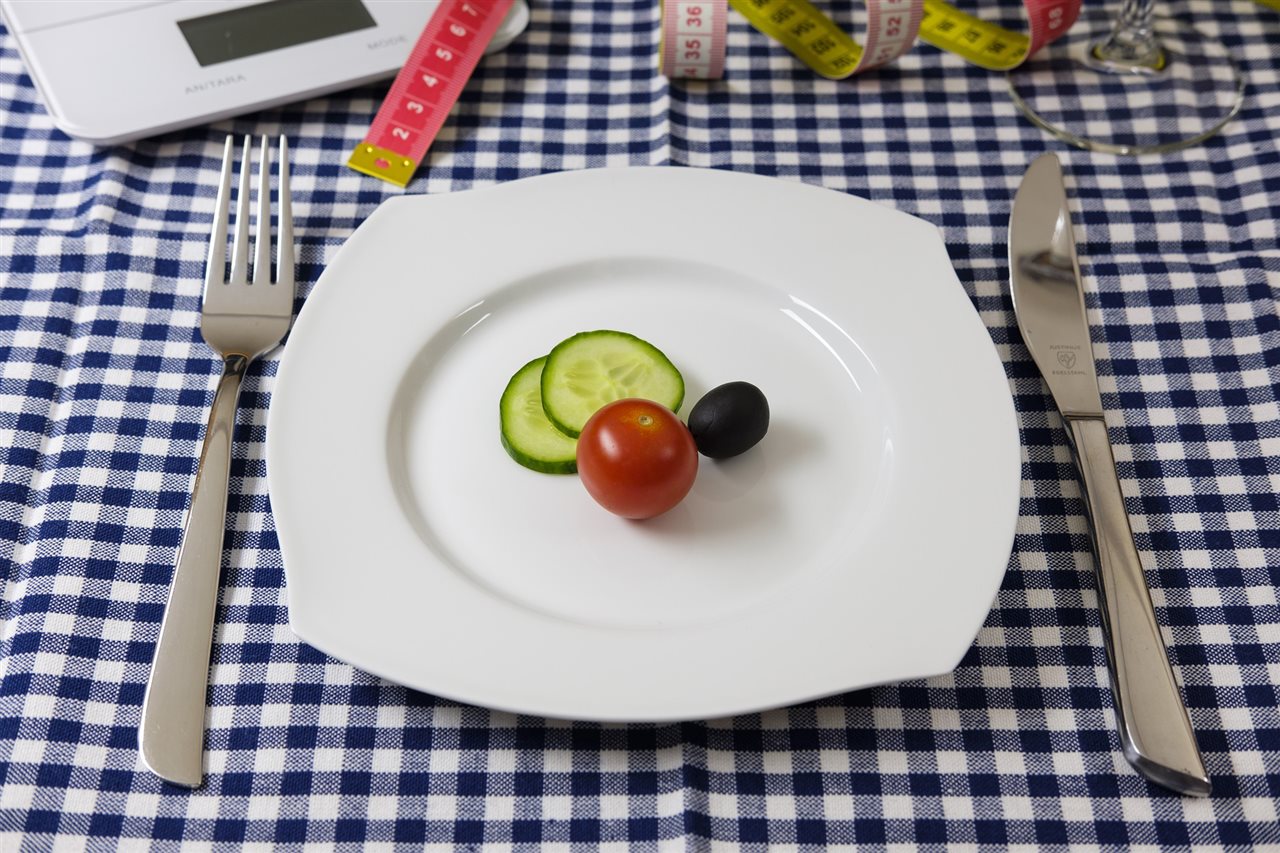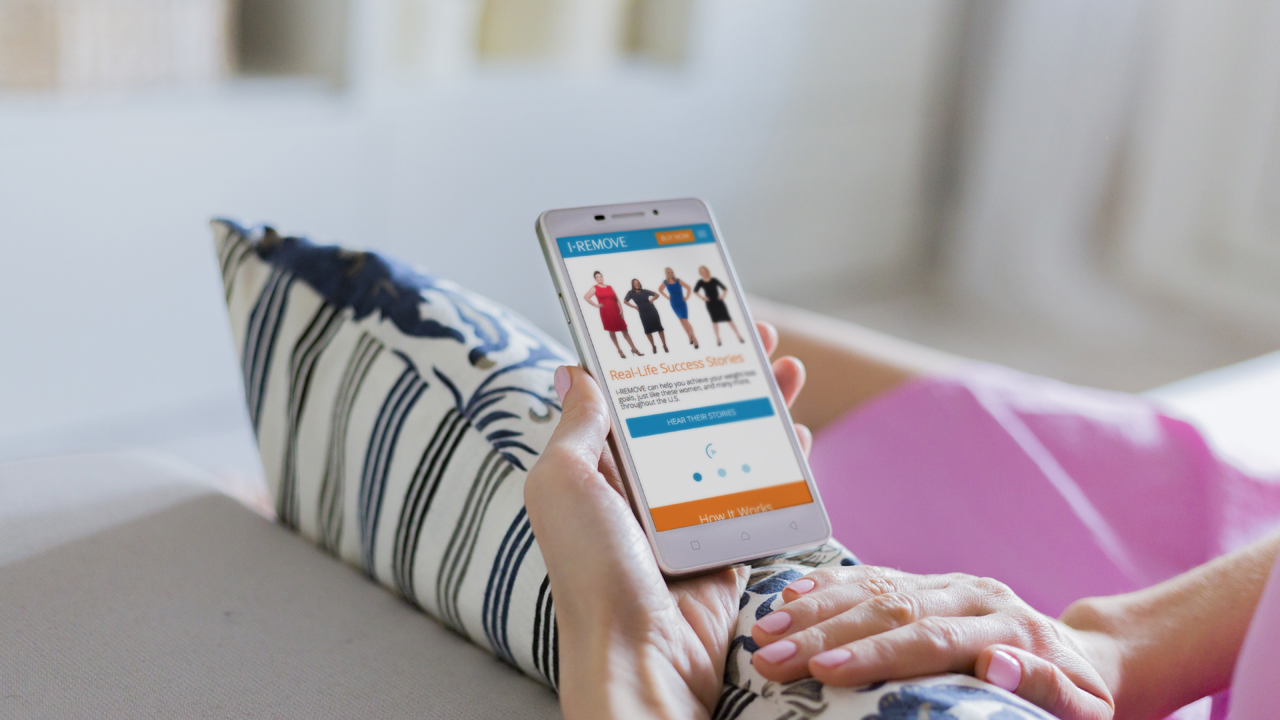2018-04-02T12:45:00
(BPT) – It’s time for America’s workforce to wake up. If you are one of the tens of millions of adults sleeping fewer than seven hours each night — the amount recommended by the American Academy of Sleep Medicine (AASM) — you are likely jeopardizing performance, increasing accident risks and putting everyone in danger during commutes. Getting enough sleep every night is key to improving productivity, safety and quality of life.
Here are some tips to make sleep work for you.
Don’t burn the midnight oil
Working late nights might impress your boss, but restricting your sleep can lead to trouble making decisions, solving problems, controlling emotions and more, severely affecting your productivity at work. The National Safety Council reports that workers who sleep fewer than six hours per night cost employers six days a year in productivity.
Sleep for safety
Workers who sleep less than six hours per night are also at higher risk for injury, according to the Sleep Research Society. Cognitive and motor performance impairments caused by sleep deprivation can be comparable to drinking alcohol. If you make it a daily priority to recognize the signs of fatigue before, during and after work, and refuse to drive drowsy, you can reduce the risk of serious injury for yourself and others. This may be especially true if you work a job that involves manual labor or heavy machinery.
Strategies for non-traditional work hours
Some of the more high-risk professions involve working irregular hours. Shift workers — who can be nurses, law enforcement officers, emergency responders, transportation operators and more — work overnight or early morning hours with irregular or rotating shifts, causing upheaval in the body’s circadian rhythm and natural sleep/wake cycle. According to the AASM, shift workers may sleep up to four fewer hours per night than those working traditional hours, increasing the risk for injuries, accidents and drowsy driving. The CDC reports that serious long-term health problems are a concern, too.
However, there are ways for shift workers to combat this problematic sleep schedule.
Tips for ‘wake time’
* Avoid exposure to sunlight if you need to sleep during the day, and wear sunglasses if you must go outside.
* Use moderate amounts of caffeine in the early part of your shift.
* Use public transportation, rideshare or take a cab, or arrange rides from friends or family after a work shift.
* Take a 20- to 30-minute nap during a work break or before a night shift.
* Get help from a sleep specialist to reinforce your body clock with strategically timed bright light therapy.
Tips for ‘sleep time’
* Avoid caffeine and alcohol in the hours before you go to bed.
* Plan for any major changes in your shift schedule by altering your sleep time a few days in advance.
* Try to keep the same schedule on workdays and days off and create an effective “wind down” routine before going to bed.
* Keep your bedroom at a cool temperature, turn off all electronics and only do relaxing activities like reading or journaling.
Use the National Healthy Sleep Awareness Project’s bedtime calculator, which helps you find your ideal bedtime based on when you need to wake up for work — even if that’s in the middle of the night.
Getting at least seven hours of sleep isn’t just a matter of feeling alert for productivity and safety on the job; it’s a necessary component of good health and well-being. If you’re having trouble sleeping, you should talk to your doctor, who may refer you to a board-certified sleep medicine physician at an accredited sleep center for help. For more information go to www.sleepeducation.org.













